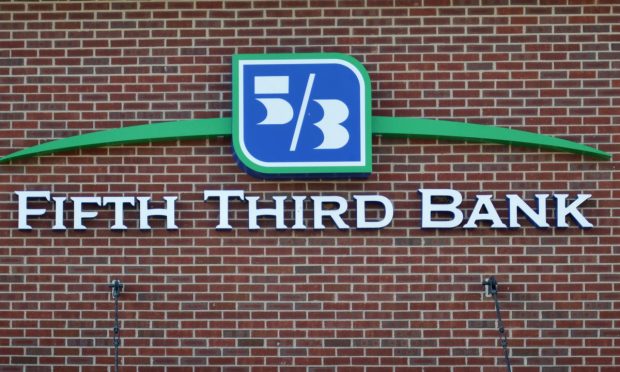Several Regional Banks Maintaining Stable Deposits

Several regional banks ended the first quarter with stable deposits.
Their reports of flat deposits came after a quarter in which the collapses of three banks led investors to closely watch the deposit flows at other smaller banks, Bloomberg reported Thursday (April 20).
Deposits were up 12% at U.S. Bancorp, up slightly at Huntington Bancshares, roughly flat at Fifth Third Bancorp, largely flat at East West Bancorp, close to analysts’ predictions at Truist Financial, below analyst’s predictions at Comerica, 1.6% lower at KeyCorp and 2.6% lower at Citizens Financial Group, according to the report.
In an earnings release issued Thursday (April 20), Fifth Third Bancorp President and CEO Tim Spence said: “Fifth Third delivered strong financial results in the first quarter of 2023. We have continued to navigate the uncertain economic environment well, including delivering solid deposit outcomes throughout the first quarter.”
The Bloomberg report noted that after the turmoil around Silvergate Capital, Silicon Valley Bank and Signature Bank in March, the Federal Reserve set up a liquidity facility to support banks and shore up the confidence of depositors.
As PYMNTS reported Wednesday, regional banks were disproportionately affected by the collapse of Silicon Valley Bank that touched off a deposit flight to the presumed safety of financial giants thought to be “too big to fail.”
During an earnings call Thursday, Truist Financial Chief Financial Officer Mike Maguire sought to reassure investors that the bank’s “disciplined focus on diversification” has resulted in “less risk than peers.”
Regional and super-regional banks have also shown some other resilient trends, with consumers continuing to spend and digital and omnichannel efforts continuing to make headway.
PYMNTS research has found that regional banks and credit unions lack the power to change national sentiment, meaning they are somewhat at the mercy of the market at large.
However, consumers have a growing interest in digital innovations offered by their primary financial institution, and smaller banks and credit unions have an opportunity to stem any current or future deposit departures by bucking the cost-cutting trend and considering investments in innovation, according to “Bundled Banking Products: Matching Product Offerings with Customer Demand,” a PYMNTS and Amount collaboration.

